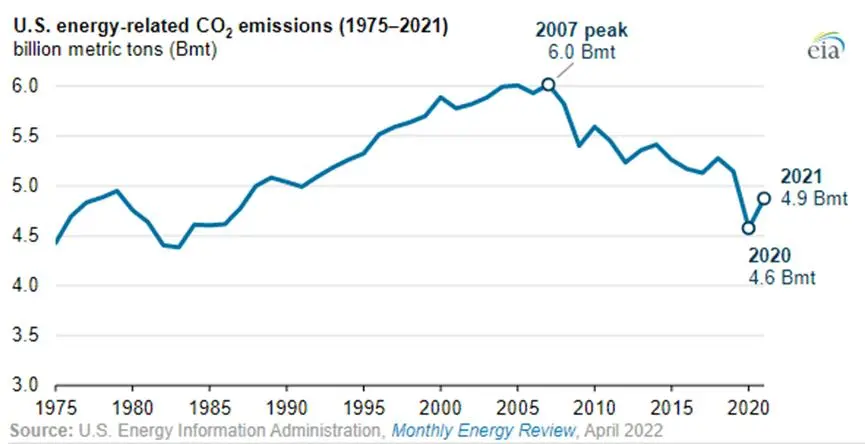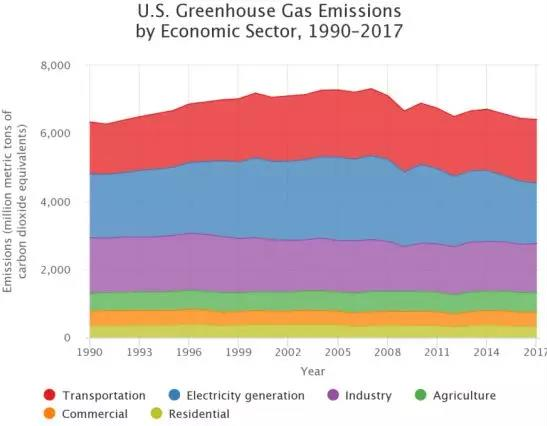The United States faces multiple air pollution problems, some of which mainly include:
1. Carbon dioxide emissions
The United States is one of the largest carbon dioxide emitters in the world. This is mainly due to its high industrialization and high energy consumption. Carbon dioxide is one of the main greenhouse gases and has a significant impact on global warming.

2. Air pollution
Some cities in the United States are facing poor air quality issues. Automobile exhaust, industrial emissions, electricity production, and coal combustion are all the main factors leading to air pollution. Air pollution poses a serious threat to human health and the environment.

3. Ozone Layer Destruction
Over the past few decades, the ozone layer has been severely damaged due to the excessive use of chlorofluorocarbons (CFCs) and other chemicals. This leads to an increase in ultraviolet radiation, which has a negative impact on human health and ecosystems.

4. Haze issue
Haze is a dense fog formed by particulate matter and air pollutants. Some regions of the United States, especially industrial intensive areas and heavily trafficked cities, are facing the problem of smog. This poses a threat to the human respiratory system and visibility.

In response to these issues, the US government has taken a series of measures, including formulating environmental regulations and standards to limit air pollutant emissions, encouraging the development of clean energy, promoting energy efficiency improvement, and promoting technological innovation. At the same time, the public is also aware of the importance of environmental protection and actively participates in air pollution control, thereby working together to improve air quality.
The following factors need to be considered when adapting and applying China's air pollution control measures to the United States:
1. Legal regulations
The United States has its own environmental legal and regulatory system, including Clean Air Act and others. When applying China's governance measures to the United States, it is necessary to combine the legal and regulatory framework of the United States to ensure mutual coordination and consistency.
2. Technical applicability
China has taken a series of technical measures in air pollution control, such as formulating emission standards and promoting exhaust control technologies. When applied to the United States, it is necessary to evaluate the applicability of these technologies and make necessary adjustments and improvements based on local conditions.
3. Differences in national conditions
There are differences in environmental and socio-economic aspects between the United States and China. Therefore, when applying China's governance measures to the United States, it is necessary to fully consider the specific situation of the United States, including factors such as economic development status, energy structure, and industrial layout.
4. System and Management
China has implemented a series of systems and management measures in air pollution control, including a pollution discharge permit system, an environmental penalty system, and so on. When applied to the United States, it is necessary to combine the system and management system of the United States to ensure smooth implementation and effective regulation.
5. Sharing experience and cooperation
China and the United States can strengthen cooperation in the field of air pollution control, sharing experience and technology. Through communication and cooperation, the governance process can be accelerated and common progress can be promoted.

- Eco-environmental Transferability environmental Protection Chineseeco-environmental transferability environmental eco-environmental environmental protection pollution transferability protection chinese measure eco-environmental transferability environmental environmentally environmental protect how can protection environmental agreements provisions emissions